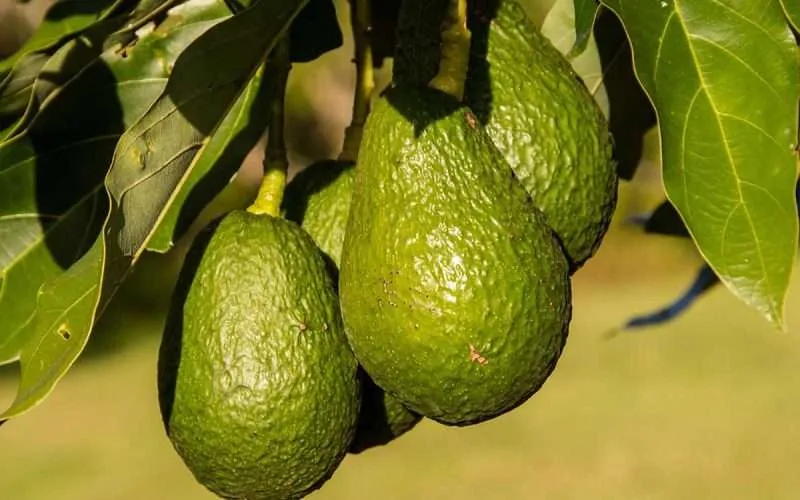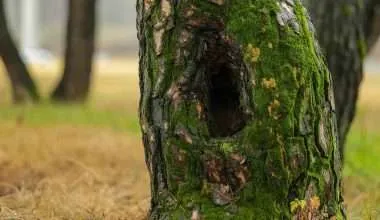Table of Contents Show
Avocados are wonderful summer fruits – nothing beats guacamole with chips as a summer snack. So the next time you slice an avocado, try to save the pit because that’s where it all starts.
Do you want to know more about how to grow avocado seeds into a tree? It’s extremely easy and makes for a fun educational project for children.
You can grow the tree at home or in your yard if you have a warm climate. Read our simple step-by-step guide on how to grow avocado seed into trees and take care of them so they bear fruits.
How To Grow Avocado From Seeds
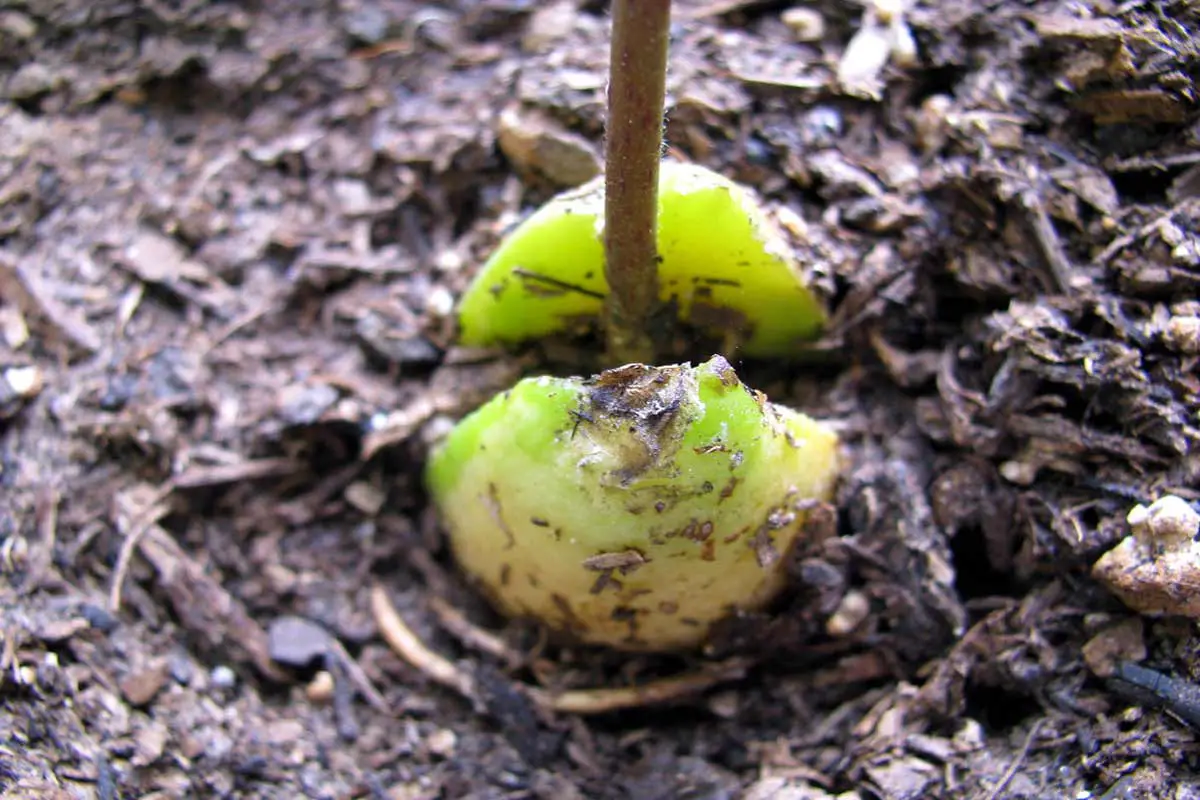
Okay, so all you need is to go to a grocery store and get yourself a bunch of ripe avocados – because one is never enough! Although for this project, all you need is one avocado to get you started.
After you enjoy the smooth green part of the fruit, remove the seed and wash it. Remember to make a note of which part was on top and which one was below.
You should plant your seed right away. You can’t let it dry out!
It may seem impossible to grow an actual tree at first, but all you need is lots of sunlight, a little care, and some luck to embark on this journey.
Step 1: Remove the pit
The first step is to remove the seed from the avocado without cutting it.
Here is a quick way to remove the pit with the use of your hands.
Now you can wash the seed to clean all the fruit remaining on it. You can also soak it in some room temperature water for some time and then cleanse the fruit off.
However, in the process of washing it, be careful not to strip the brow skin on the seed, as it is the cover that protects it.
Step 2: Figure out the top and bottom
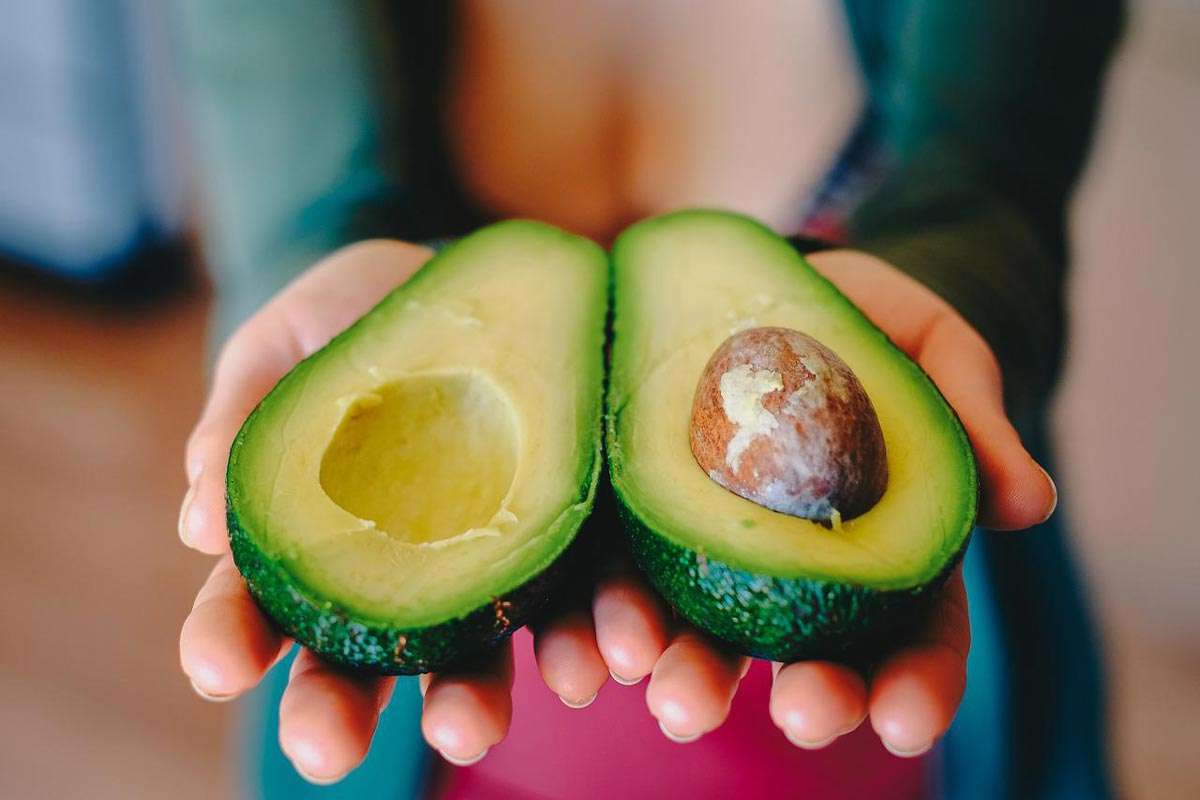
Avocado pits are shaped differently, some are a little oblong, while others are perfectly shaped like a sphere. Regardless of their shape, all pits have a bottom and a top.
The bottom part is the area where the roots will grow and the top is the area from which the sprout emerges and grows.
The down part will be flat and the upper side will be slightly pointier. So, if you want the pit to sprout, you should place the bottom part in water.
Therefore, it is essential to keep a note of this when you have the actual fruit with you. This will help you move on to the next steps without any issues.
You will need three toothpicks to stick them at a downward angle, pointing down into the avocado pit, spaced around the circumference of the seed. Most of the avocado’s base should be resting in the water.
Step 3: Poke three toothpicks

One of the toothpicks should be in the center of your seed (think of the equator on a globe), about a quarter of half an inch into the pit. Then pierce the other two into the remaining area to evenly distribute them.
These toothpicks act as the structure for your avocado, allowing the bottom part to be soaked in water. Hence, they should be wedged in firmly.
If for any reason you are not able to get the hang of balancing your avocado, then you can buy growing kits online or from a local shop.
They also have stylish jars and glass toppers that cradle the pit, making the process easier.
Step 4: Place half seed soaked in water

After the third step, you should have an avocado seed pierced with toothpicks.
Place the circle over a glass or a jar filled with water, with the bottom or flat end of the seed submerged in about an inch of water.
The top side should be left open in the air. If the toothpicks sway and don’t support the seed up, then stick them farther into the avocado seed to secure the structure.
Now let it set on a windowsill or in a warm area with ample indirect sunlight. Use a clear glass jar so you can see the process with your eyes. This, you will also notice the roots starting to grow and when the water gets dirty.
You should change the water frequently and always make sure there is at least an inch of water at the bottom end.
While some guides suggest changing the water every day, others recommend changing it every four to five days. Do some trial and error to figure out the right time.
Just make sure your container is clean and you fill it with clean water to prevent the growth of bacteria, fungus, and mold. All of these can doom your baby avocado sprout.
You do want to make sure you change the water regularly, to prevent mold, bacteria, and fungus growth, which can doom your little avocado sprout.
Roots will start to emerge from the bottom of the jar into a think seedling at the top. This process takes over eight weeks.
If you don’t see any growth, then begin with another pit. Chances are, you could have put the wrong end into the water. Been there, done that! You’re all set on how to grow avocado from seed in water.
Don’t fret! You’ll get there soon enough. Just a little bit of wait from here on.
Step 5: Wait for the magic to happen
The sprouting can happen any time between two to eight weeks, so it is time to be patient.
What you will witness will be life-changing as seeing something grow out of nothing is magic on its own. Here is what you will see from the glass container.
- The top part of the avocado seed will get dry and there will be a crack and the brown skin of the pit will shed away.
- The crack goes into the bottom of the avocado sit, and through it, a little taproot will start to grow and emerge.
- The roots will grow longer and healthier and may also branch. Eventually, a tiny sprout will appear at the top of the pit.
Keep your avocado submerged in water until the roots start to grow. If the taproot gets dry, there will be no growth and your avocado plant will die.
Step 6: How to plant avocado seeds in potting soil

Plant avocado trees in a pot with soil to make them thrive. When you notice the stem is over 15 cm long, cut it to reduce the length to 9 cm. While this may seem like a questionable step, it will encourage the growth of your avocado plant.
Wait for your seedling to reach a height of 15 cm with thick shallow roots and some leaves. Then plant it in rich soil (humus can work) in a pot with a diameter of 25 cm with drainage holes.
Leave the top part of the pit exposed above the line of soil. Do not add other material such as gravel to the bottom as it will retain excessive moisture.
Keep watering the soil until you see water running out of the bottom. But don’t let it sit in the water container as giving it too much water can cause root rot and turn the leaves dull yellow. You can check overwatering signs with yellow leaves and wet soil.
Frequent watering combined with an occasional soak will keep your avocado plant hydrated. Make sure the soil is moist but never saturated.
Give it frequent waterings with an occasional deep soak. The soil should always be moist, but not saturated. You can again place it near a window as avocado trees love the sun. And check whenever the soil feels dry to water it again deeply. Also, dry out the soil after you water it.
Step 7: Water the plant and watch it grow
When your tree is young, it should be given partial sunlight, as its leaves will get sunburned easily when they are in their initial growth stage.
You can move your plant outside after it has grown a bit and when it’s sunny and warm. If kept in dry and warm weather outside, you need to water it more often.
Step 8: Pinch out leaves at the top
When the stem of your tree gets 12 inches in height, pinch out the leaves at the top set of leaves. Pinching out will encourage them to grow shoots on the side and fuller foliage. It is an easy way to make the avocado tree appear bushier.
Watch this video to get an idea of how to prune your young avocado tree.
When grown from seed, an avocado tree would need a warm climate with loads of sun and well-drained moist soil. If you’re planting multiple indoor plants, keep them in a space of 55 to 70 feet apart.
A mature tree will have a broad canopy that spreads as wide as the tree’s length. Therefore, make sure that you give your trees adequate room for growth so they are not limited due to space.
They can be grown indoors in a pot and should be kept in a warm area with exposure to the sun. Like any house plant, they beautify the space and add a splash of green with their thick foliage.
You can also purchase a grafted tree from local garden centers, nurseries, or online stores. It takes a lot of effort and patience to watch your tree and make sure you are willing to commit.
Planting Avocado Trees Indoors

Avocados need potting soil to grow inside, and not garden soil. An indoor avocado tree also needs plenty of water and air to breathe freely.
Growing an avocado tree indoors is not that complicated and you can do it with some practice.
Avocados are native to southern Mexico. If you experience cold temperatures, you can shift your tree inside in winter as outdoor planting is not suitable in colder regions.
These native Mexican avocado trees love temperatures of 60 degrees to 85 degrees. Make sure your plants get direct sunlight throughout the day.
While planting, try not to disrupt the root system. Water it every five to ten days deeply. Use multiple gallons of water to allow the roots to grow and reach the water.
Dig a slightly wider hole than the root ball, and match the depth of the root ball. Don’t plant your avocado tree too deep or far above the ground.
Growing Avocado Trees Outdoors
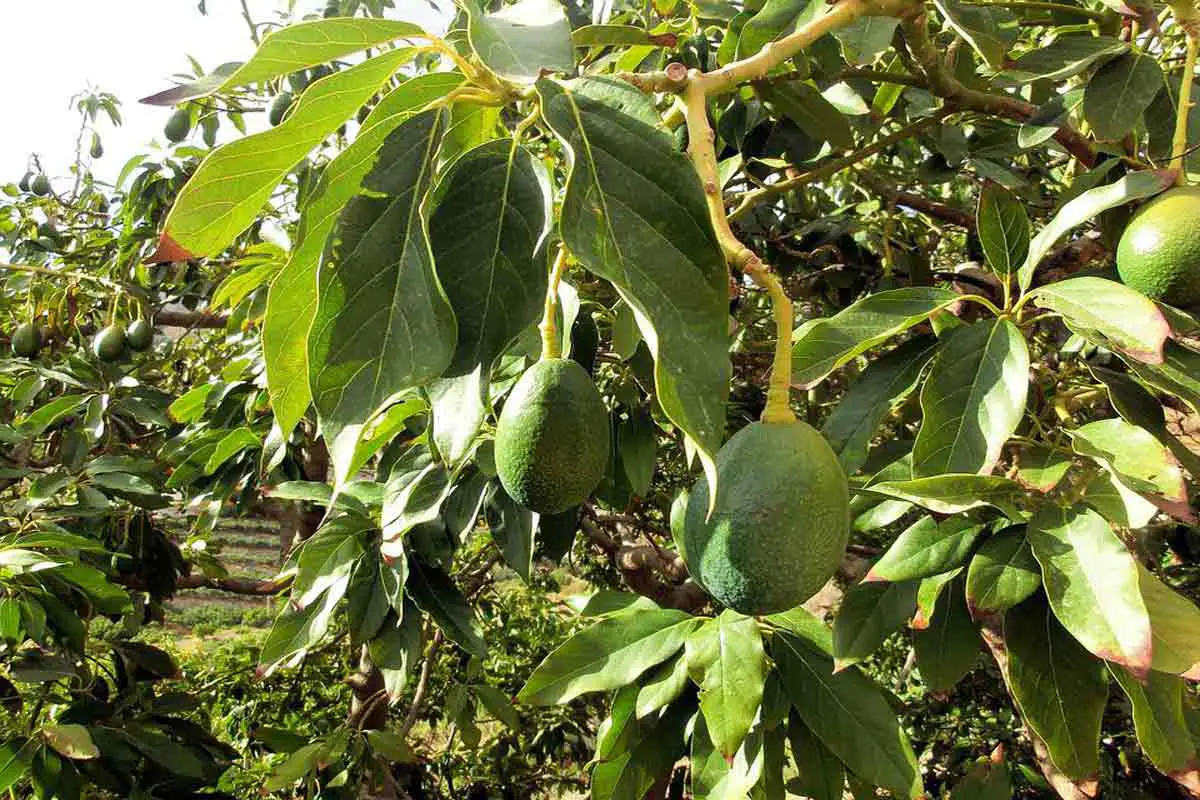
Mulch six inches away from the trunk, with three to six inches of cocoa bean hulls or coarse bark to sustain moisture.
Avoid planting near septic tanks, fences, buildings, underground utilities, property lines, or cesspools.
Not just a summer fruit
However, an exception is Mexicola Grande avocado, as it is mostly resistant to frost. This black-skinned and high-quality avocado species are larger than Mexicola, its parent. It grows tall and upright and can be grown in inland and coastal areas.
West Indian avocados are also well suited for lower temperatures as they survive the cold of the
Mexican highlands. Some varieties of Guatemalan avocados are found in the wild areas of the mountain landscape of Central America.
Caring for Avocado Trees
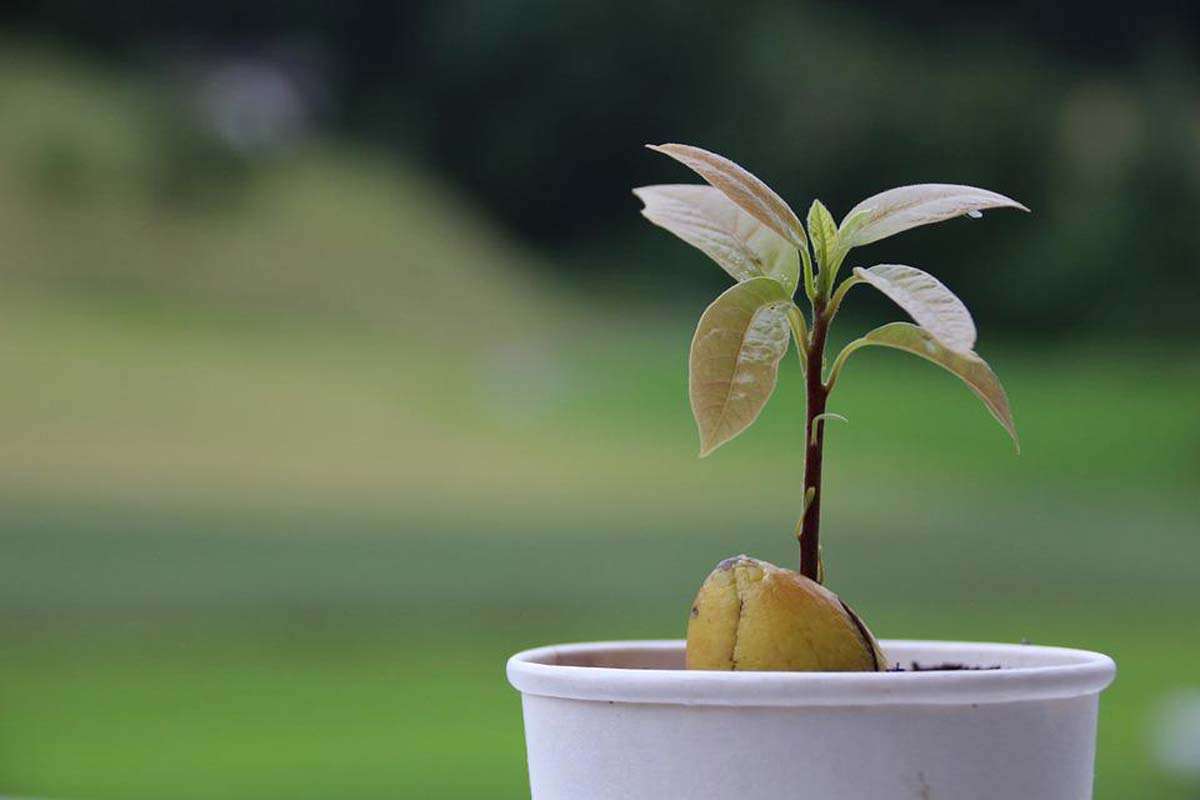
Now that you have the base of your avocado tree set, you need to take care of it to see it flourish and not have any problems.
It can be a magical experience to see the seedling sprout of the seed after keeping it in water. Here are some things you can take care of to continue your tree’s growth, and maybe it will produce avocado fruit for you.
Pot or container planting:
Provide your tree with lots of space for its root to spread out and for it to bear fruit. The Little Cado is a small species that can be kept as an indoor plant.
Make sure to replace the avocados with a bigger container so they have ample space to spread out. Always start with a pot or container twice the size of your tree and gradually upgrade from there.
In both indoor and outdoor planting, keep your plant warm with more than eight hours of sun and use a well-drained soil mix. They should be reminded of their native soil.
Watering
Maintain a watering schedule to have a healthy tree, but be sure not to overwater. Your avocado tree would thrive in deep but infrequent watering. You should wait for the roots to dry between each watering.
Mulch and Fertilizer
You can apply a thick combination of mulch to improve soil quality and keep your tree moisturized, and roots warm during colder months. Over three to four inches of much is required in early spring and fall. This should be applied under the canopy while staying away from the tree’s trunk.
During summertime, you can fertilize it every week with a nitrogen-based fertilizer. Avocados need some amount of zinc to grow so look for that in your fertilizer. Avoid fertilizing in winter.
You can also use citrus or avocado fertilizer in the spring and fall months.
Make sure to read the instructions for the fertilizers on the packet. As a rule of thumb, all efficient organic foods for the plant should include fish emulsion, alfalfa meal, composted manure, vermicompost, and blood meal.
Pruning
Avocados need minimum pruning so gardeners can easily control their size and shape. Pinching a young tree is a good technique to shape them, rather than heavy excessive pruning.
Don’t expose the trunk too much as these trees can get sunburned easily, especially during summers. If there is insufficient leaf coverage on the trunk, paint your tree using Plant Guard or a tree plant to protect against sunburn. You can use a shade to protect them.
Bugs and pests
Avocado trees are prone to bugs. They attract tiny bugs and insects such as aphids that make a home on its leaves.
You can wash off the bugs from the avocado plants by spraying your tree with a hose. If it’s kept indoors, you can spray it in the shower or sink.
Once all the pests are removed, spray with a mix of water and a little amount of dishwashing liquid, and one teaspoon of neem oil.
This will keep any bugs and insects from returning. You should regularly check your fruit tree after every four or five days and spray it when necessary.
Here is a video on how to care for your avocado plants, particularly Hass Avocado Tree.
Hass avocados are popular in Southern California, especially in San Diego.
Hass avocados are considered to be the most flavorful for smooth and creamy guacamole.
How To Grow An Avocado Tree That Bears Fruit
It’s the ultimate question: will your delicately planted avocado tree ever give avocados? It’s uncertain to say.
Oftentimes, avocado trees don’t produce any fruit until they are three or four years old. This also depends on the growing conditions and their maintenance and care and avocado variety.
However, some trees don’t produce any fruit for over fifteen years, and others never do.
You should be aware of this when growing an avocado tree, especially if you are growing them for the sole purpose of having a supply of fresh avocados.
It does help to keep several avocado trees together to support their pollination.
However, even if there is fruit, keep your expectations low as it wouldn’t be like the one you buy from the market.
The naturally grown fruit can be quite different from its parent.
However, even if there is no fruit, it is a beautiful process to watch the avocado trees grow from seed.
If you are ready for this challenge, you know what you need to get started! Good luck.
